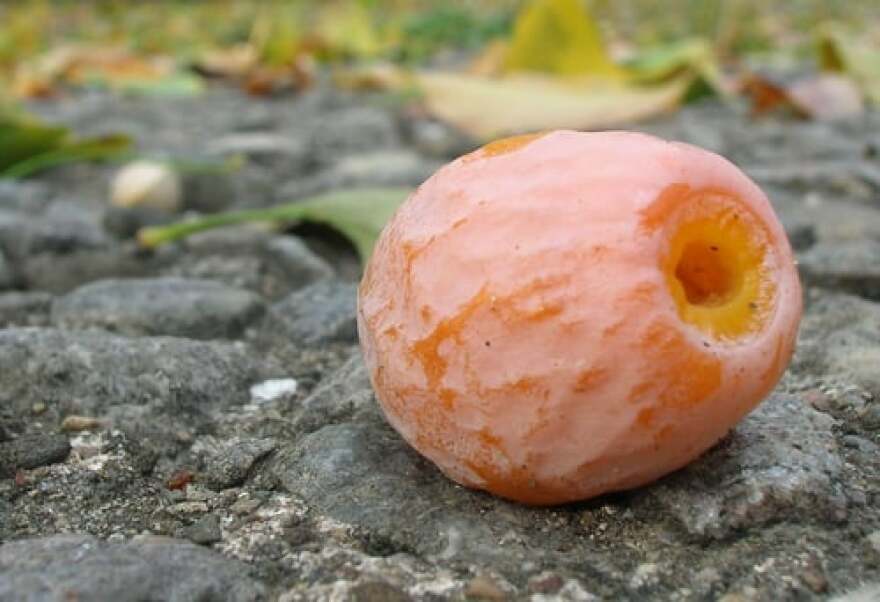There’s a tendency to think of “the natural world” as everything beyond the asphalt. But soil often lies just a couple inches below the concrete, and the design of our cities represents choices about how much space we give to “built environment” and how much we give to “grown environment" -- and specifically, to trees.
This episode contains discussion about offensive language that we used in a previous episode. There is an ethnic slur used as part of a discussion about racism. All of this language is bleeped, but parts of this episode may be inappropriate for young children, and if you're listening with older kids, you might want to plan to discuss what you're hearing.


If A Tree Falls In The City, Does It Make A Sound?
Sam Evans-Brown
Urban trees provide shade and community space, lower temperatures, help prevent flooding, and offer a whole slew of other benefits for cities. Unfortunately, the trees are losing ground.
"Green spaces and trees provide a range of social, environmental, and human health benefits," said Angel Hsu, an assistant professor of environmental studies at Yale-NUS College in Singapore and founder of the Data Driven EnviroLab.
Hsu and her lab used satellite imagery to measure tree cover in cities over the last 16 years.
"What we found ... is that cities all over the world have experienced losses in tree cover of about 3,000 square kilometers, and so that’s about four times the size of New York City," said Hsu.
Learn more about the Data Driven EnviroLab here.

Sharing Chicago’s Trees
Felix Poon
Lydia Scott, Director of the Chicago Region Trees initiative, says life is hard for urban trees. They have to contend with road salt, soil compaction, and other issues. On top of that, cuts to forestry programs and invasive pests like the Emerald Ash Borer has lost the city a total of 13 million trees since 2010.
The benefits of urban trees, Scott says, aren't shared equally. Neither are the threats and risks associated with having too little green space: higher temperatures, heat stroke, and climate change impacts all disproportiately effect marginalized communities who aren't given equal access to trees and tree cover.
“When you look down in South Cook County, where you have lower income, higher racial mix, in a community, you'll often see a lower canopy distribution in those communities," said Scott.
Fixing the problem will take a nuanced approach; homeowners need education on how to take care of their trees, and understand that while 70% of the Chicago community’s trees stand on private land, the value they bring to the city is shared by all.
“What we expect those trees to do for us, we've got to do things back to help them in order to keep them healthy,” said Scott.

Ginkgo Love
Felix Poon
One tree species often planted in cities is the Ginkgo Tree, recognizable for its fan-shaped leaves and golden fall foliage. In 2016, Outside/In produced a podcast episode about the ginkgo tree titled "Ginkgo Stink." But the episode contained an offensive phrase and failed to consider a nonwhite perspective of this amazing species.
In this piece, producer Felix Poon shares his personal relationship with the ginkgo tree and explores the history of food-related racism in the United States.
Ginkgo Remix
Taylor Quimby
Our original 2016 story about the ginkgo tree, with offensive language removed, and an apology to our listeners added.









